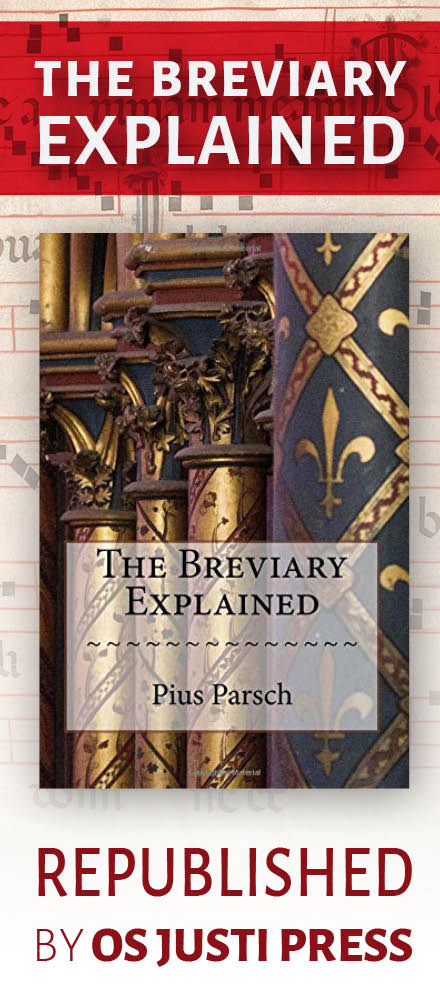Here are some photos, courtesy of a regular NLM reader, Mr David Woolf, of a Votive Mass of St Teilo that was celebrated on February 7th in the Extraordinary
Form in the Church of St Teilo, located at St Fagan’s National History Museum, Cardiff,
Wales, UK.
David told me: ‘The Mass was hosted by the students of the Cardiff University Catholic Chaplaincy and was celebrated by their Chaplain, Fr Gareth Jones.
‘The Church of St Teilo is of particular historical interest. Having become redundant in 1970, it was moved, brick by brick, from its 12th century site at Llandeilo Taly-Bont, near Pontarddulais, and reconstructed at the St Fagan’s Museum. Prior to its removal, wall paintings, dating from the 15th century, were uncovered beneath the wall plaster. These were removed and preserved in the National Museum of Wales. When St Teilo’s Church was reconstructed it was decorated as it would have appeared in the 1530s.’
St Teilo’s feast day was two days later on February 9th. St Teilo is is a 6th century British saint, who studied under St Paulinus at Llanddeusant, in the Brecon Beacons and, as a monk, with St David at Mynyw in west Wales. He founded his own monastery at Llandeilo Fawr, again in the Brecon Beacons, the place where he probably died. A later tradition has St Teilo, accompanied by St David and St Padarn, make a pilgrimage to Jerusalem. He spent some years in Brittany. At Llandaff he is venerated as the founder of the see (which contains the capital of Wales, Cardiff).
Information on St Teilo from www.universalis.com
Photos: Dr David A Woolf
David told me: ‘The Mass was hosted by the students of the Cardiff University Catholic Chaplaincy and was celebrated by their Chaplain, Fr Gareth Jones.
‘The Church of St Teilo is of particular historical interest. Having become redundant in 1970, it was moved, brick by brick, from its 12th century site at Llandeilo Taly-Bont, near Pontarddulais, and reconstructed at the St Fagan’s Museum. Prior to its removal, wall paintings, dating from the 15th century, were uncovered beneath the wall plaster. These were removed and preserved in the National Museum of Wales. When St Teilo’s Church was reconstructed it was decorated as it would have appeared in the 1530s.’
St Teilo’s feast day was two days later on February 9th. St Teilo is is a 6th century British saint, who studied under St Paulinus at Llanddeusant, in the Brecon Beacons and, as a monk, with St David at Mynyw in west Wales. He founded his own monastery at Llandeilo Fawr, again in the Brecon Beacons, the place where he probably died. A later tradition has St Teilo, accompanied by St David and St Padarn, make a pilgrimage to Jerusalem. He spent some years in Brittany. At Llandaff he is venerated as the founder of the see (which contains the capital of Wales, Cardiff).
Information on St Teilo from www.universalis.com
Photos: Dr David A Woolf
Don't forget the Way of Beauty online course www.Pontifex.University (go to the Catalog) for college credit, for continuing ed. units, or for audit. A formation through an encounter with a cultural heritage - for artists, architects, priests and seminarians, contributing to the ‘new epiphany of beauty’.





























